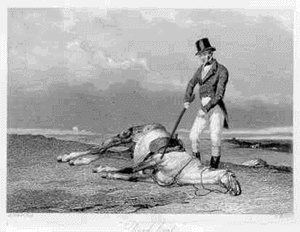stopcrazypp
Well-Known Member
See my post here, for how I got that perspective:How does that even make sense?
Yellow/amber rear turn indicators?
The premium cars moved away from amber tinted turn signals first, while the regular cars followed later. So I always had the impression that amber tinted turn signals are a sign of a cheaper older car. Now you can go look at a modern car and practically none of them have an amber tinted turn signal (at most they have a clear signal with an amber bulb).
This is however, speaking only to the US market. I don't know about the perspective of the European market.



